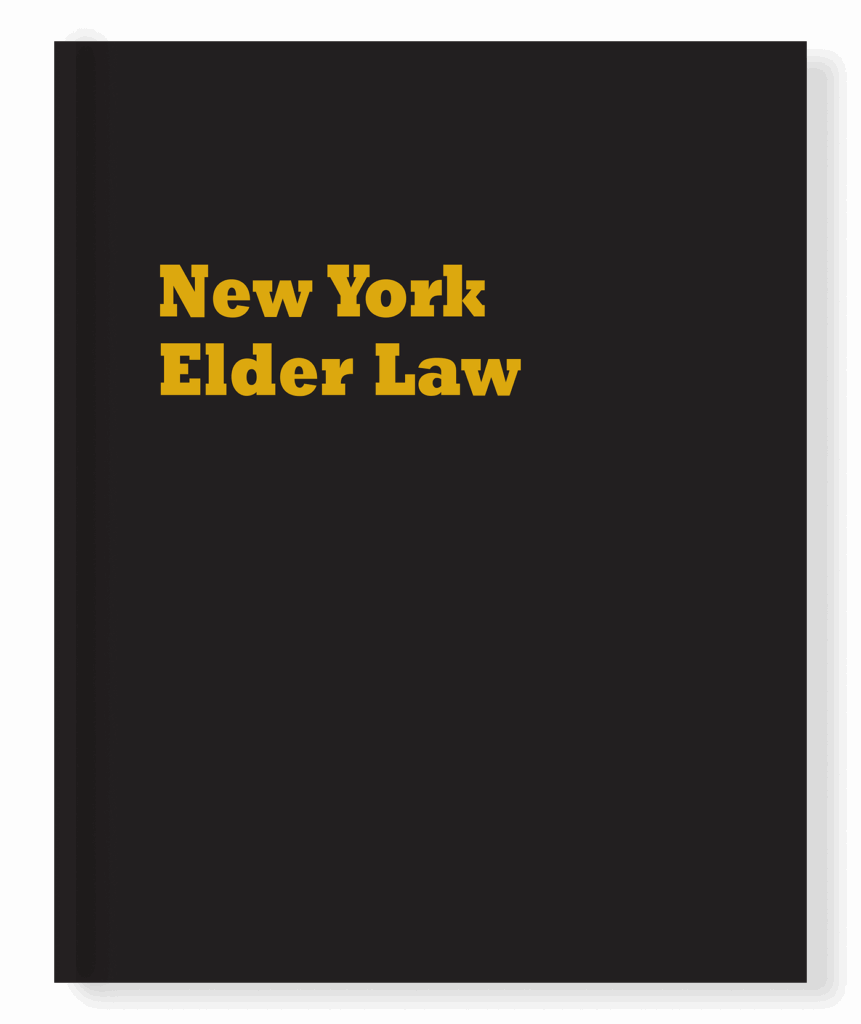
Browse our collection today and save big now through the end of December!

Browse our collection today and save big now through the end of December!

The Circular 230 Deskbook is an essential compliance resource for every tax professional who practices before the IRS, helping practitioners comply with complex Circular 230 amendments more easily — and avoid costly penalties and sanctions. This 39th release to The Circular 230 Deskbook updates the practice guide with the latest developments in tax and estate law relating to IRS Circular 230.
Highlights of Release #39 include the following:
Order a print copy today.
PLI PLUS subscribers can access this title through their subscription.

Commercial Ground Leases is a practical guide for creating fair and accurate lease agreements between landlords and tenants. It explains key topics such as lease terms, property use, and occupancy rights. This seventh release of Commercial Ground Leases is updated with the latest developments in the law and practice of ground leases.
Highlights of Release #7 include:
Order a print copy today.
PLI PLUS subscribers can access this title through their subscription.

PLI Press is proud to announce the publication the brand-new treatise Artificial Intelligence & Intellectual Property.
Over the past decade, artificial intelligence (AI) technologies have rapidly evolved from experimental curiosities to pivotal drivers of innovation, creativity, and economic growth. In fields ranging from healthcare to entertainment, AI systems are generating outputs that challenge traditional notions of authorship, inventorship, ownership, and liability. Today, legal practitioners, scholars, businesses, and governments worldwide are grappling with profound questions: Does AI-generated work qualify for copyright protection? Can an algorithm be considered an “inventor” under patent law? How do we protect data when AI systems rely on massive datasets? Who is held responsible when AI-based decisions infringe on IP rights or cause tangible harm?
Artificial Intelligence & Intellectual Property provides an authoritative, yet accessible, resource for those navigating these uncharted legal waters. AI & IP explores the intersection of AI and every branch of intellectual property, offering insights that can guide future legal reasoning, policy making, and practical decision making.
A team of experts addresses a wide range of topics, including:
Each chapter can stand alone for a focused dive into its specific area, but taken together, they form a cohesive examination of the ethical, legal, and practical dilemmas that AI brings.
Order a print copy today.
PLI PLUS subscribers can access this title through their subscription.

Enjoy 40% off any book in the PLI Press library—4 days only! Browse the sale now.

New York Elder Law explores the evolving legal landscape shaped by the growing population of older adults in New York. As seniors live longer, their legal needs become more complex and urgent. Edited by Douglas J. Chu—one of New York’s leading elder law attorneys with over thirty years of experience—this authoritative volume brings together a team of seasoned experts to address the critical issues facing aging individuals today. From estate planning to healthcare decisions, this essential guide offers clear, practical insights for navigating the legal challenges of aging with dignity and security.
Updates in this sixth release include:
Order a print copy today.
PLI PLUS subscribers can access this title through their subscription.

Product Liability Litigation: Current Law, Strategies and Best Practices provides the comprehensive legal, technical, and strategic knowledge that can help maximize an attorney’s ability to prevail in consumer product liability cases. Addressing both plaintiff and defense perspectives, the book covers trends in product claims and defenses, strategies for managing and resolving product litigation, and particular issues and tactics that can arise in different types of product cases.
Highlights from the latest update:
Order a print copy today.
PLI PLUS subscribers can access this title through their subscription.

Fintech, Regtech, and the Financial Services Industry offers a comprehensive exploration of how innovations in securities trading and payment systems are reshaping the financial landscape. Through contributions from seasoned professionals, the book highlights emerging trends, regulatory developments, and the opportunities these changes present for market participants. This timely volume serves as a vital resource for understanding the intersection of finance, technology, and regulation in a rapidly shifting environment.
Highlights of this seventh release include:
Order a print copy today.
PLI PLUS subscribers can access this title through their subscription.

Mutual Funds and Exchange Traded Funds Regulation delivers up-to-date, practical guidance on navigating the complex regulatory landscape governing mutual funds and ETFs. It covers everything from prospectus standards and contract drafting to valuation methods, marketing compliance, and cybersecurity risks. With expert insights on avoiding legal pitfalls and meeting regulatory expectations, this annually updated volume is a vital tool for staying ahead in a rapidly evolving financial environment.
Highlights of this release include:
Order a print copy today.
PLI PLUS subscribers can access this title through their subscription.

Stay ahead in the complex world of investment adviser compliance with Investment Adviser Regulation: A Step-by-Step Guide to Compliance and the Law. Covering SEC, state, and statutory standards, the book offers practical insights on registration, disclosure, advertising, cybersecurity, and more. With annual updates and expert guidance on Form ADV, advisory contracts, and best execution practices, it’s a must-have resource for advisers, attorneys, compliance professionals, and regulators.
Highlights of this release include:
Order a print copy today.
PLI PLUS subscribers can access this title through their subscription.